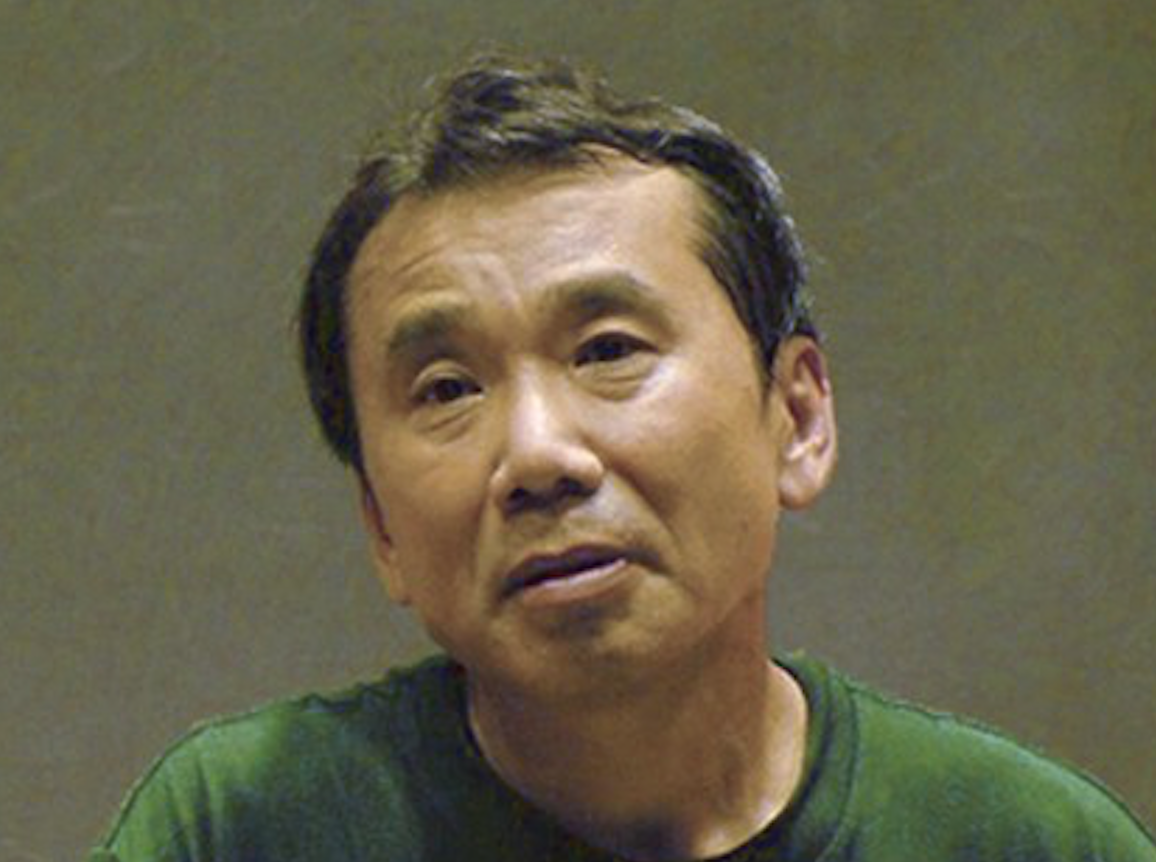Think “Generative Music” and what may come to mind is Brian Eno, pushing a button and letting music flow from his studio computer. But the idea is much older than that.
The “Illiac Suite” from 1952 is named after the cash-register-looking ILLIAC computer on which it was composed, and is one of the first examples of bringing computer programming into the task of creating music within some well defined parameters. The resulting score was then played by humans. You can hear the first experiment above.
The programmers were Lejaren Hiller and Leonard Isaacson, who met at the University of Illinois at Urbana-Champagne, where the ILLIAC computer was built. Interestingly, Hiller considered himself a chemist first, a composer second. He had studied classical composition under Milton Babbitt and, even while working at DuPont labs in Virginia, was composing string quartets and vocal works. Babbitt and other teachers had encouraged him to keep composing even while he turned to chemistry. Perhaps they knew that the art and the science would dovetail?
Because indeed they did. While working on the ILLIAC, Hiller realized that the methodology he was using in chemistry problems were the same as those used by composers, and decided to experiment. Isaacson would help program the new computer.
The first experiment sounds the most traditional, the most like Bach. The two created simple rules: a melody that only used notes within an octave, harmonies that tended towards the major and the minor with no dissonance, and a few other parameters.
The second experiment featured four-voice polyphony with slightly more complex rules. The third experiment is where it gets interesting, and starts to sound very “modern,” very Penderecki. Here Hiller and Isaacson tried to introduce rhythm and dynamics, although admittedly they had to shape a lot of the decisions outside the program and introduce some corrective algorithms.
The fourth and final experiment was to then replace the “musical” rules of the first three with rules from non-musical disciplines, and to show that a score could be created from pretty much anything. Hiller and Isaacson used Markov Chains to compose the final more repetitive and pulsing piece. (Markov Chains are beyond the scope of this article, but we encounter them when Google ranks search results or when our iPhones predict what we are going to type next.)
The first three scores were then performed by members of the University’s student orchestra in August of 1956 while the fourth was being completed. The finished works caught the interest of Vladimir Ussachevsky, who would set up the influential Columbia-Princeton Electronic Music Center in New York City and begin releasing his own compositions the following year.
Related Content:
An Impressive Audio Archive of John Cage Lectures & Interviews: Hear Recordings from 1963–1991
Peefeeyatko: A Look Inside the Creative World of Frank Zappa
Ted Mills is a freelance writer on the arts who currently hosts the artist interview-based FunkZone Podcast and is the producer of KCRW’s Curious Coast. You can also follow him on Twitter at @tedmills, read his other arts writing at tedmills.com and/or watch his films here.


